07/05 - 29/07, 2017
-
Mandla Reuter
Point of origin of Mandla Reuter’s work in recent years often was a piece of land on a paper street near downtown Los Angeles. Purchased for the exhibition A Plot at De Vleeshal in Middelburg in 2010, Reuter has regularly drawn from this empty lot as a fount of source material. While sitting vacant in East L.A. with an occupiable area of around 400 square meter, the site served him as a studio of endless dimensions unlimited by geography.
Similar to Gordon Matta Clark’s anarchitecture, this piece of land exists only through the translation the artist provides through his works.Lately Reuter’s approach broadened up to other parts in the world like e.g. Iquitos (Peru), Buenos Aires, or, most recently, Thasos island (Greece) where a block of white marble in a 20ft sea-container traveling on a ship between the island and Los Angeles.
Reuter’s exhibition at Francesca Minini consists of a combination of works, which emerged from this artistic research. Departing from the question on how the world today is explored and viewed at, Reuter is showing a body of work circling around the matter of urbanization and nature.
The Grid (2015) is an installation made of 1.000 liters of table water and an altered manhole cover made of cast iron, which the artist exported from the city Iquitos. With this work Reuter is interweaving the plot of land in Los Angeles with a city in the Peruvian rainforest. Although located in the middle of the continent in the Northern Amazon basin close to the borders of Colombia and Brazil, Iquitos has the character of an island, only reachable by boat or plane. The work is a portrait of a city, an image consisting of essential infrastructural elements of most larger settlements, sewage system and water supply.
Another work in the exhibition consists of an inflatable lift bag: Atlantis (2016), in reference to the fictional island which falls out of favor with the Greek gods and is submerged and lost in the Atlantic Ocean. Also known as salvage balloons, these objects are primarily used by archeologists and submarine salvage teams in order to transport material from the ocean ground back to the surface. This is often man-made material, which has encountered ill-fate or has been lost at sea. Poetically the function of the bag is to return to the light, which was hidden and often forgotten. The artist’s version liberates the lift bag from its intended use lending it the appearance of a beached whale. Atlantis aims to salvage ideas of history making them legible at the surface, at the same time to reflect upon the past in conjunction with the present.
Point of origin of Mandla Reuter’s work in recent years often was a piece of land on a paper street near downtown Los Angeles. Purchased for the exhibition A Plot at De Vleeshal in Middelburg in 2010, Reuter has regularly drawn from this empty lot as a fount of source material. While sitting vacant in East L.A. with an occupiable area of around 400 square meter, the site served him as a studio of endless dimensions unlimited by geography.
Similar to Gordon Matta Clark’s anarchitecture, this piece of land exists only through the translation the artist provides through his works.Lately Reuter’s approach broadened up to other parts in the world like e.g. Iquitos (Peru), Buenos Aires, or, most recently, Thasos island (Greece) where a block of white marble in a 20ft sea-container traveling on a ship between the island and Los Angeles.
Reuter’s exhibition at Francesca Minini consists of a combination of works, which emerged from this artistic research. Departing from the question on how the world today is explored and viewed at, Reuter is showing a body of work circling around the matter of urbanization and nature.
The Grid (2015) is an installation made of 1.000 liters of table water and an altered manhole cover made of cast iron, which the artist exported from the city Iquitos. With this work Reuter is interweaving the plot of land in Los Angeles with a city in the Peruvian rainforest. Although located in the middle of the continent in the Northern Amazon basin close to the borders of Colombia and Brazil, Iquitos has the character of an island, only reachable by boat or plane. The work is a portrait of a city, an image consisting of essential infrastructural elements of most larger settlements, sewage system and water supply.
Another work in the exhibition consists of an inflatable lift bag: Atlantis (2016), in reference to the fictional island which falls out of favor with the Greek gods and is submerged and lost in the Atlantic Ocean. Also known as salvage balloons, these objects are primarily used by archeologists and submarine salvage teams in order to transport material from the ocean ground back to the surface. This is often man-made material, which has encountered ill-fate or has been lost at sea. Poetically the function of the bag is to return to the light, which was hidden and often forgotten. The artist’s version liberates the lift bag from its intended use lending it the appearance of a beached whale. Atlantis aims to salvage ideas of history making them legible at the surface, at the same time to reflect upon the past in conjunction with the present.
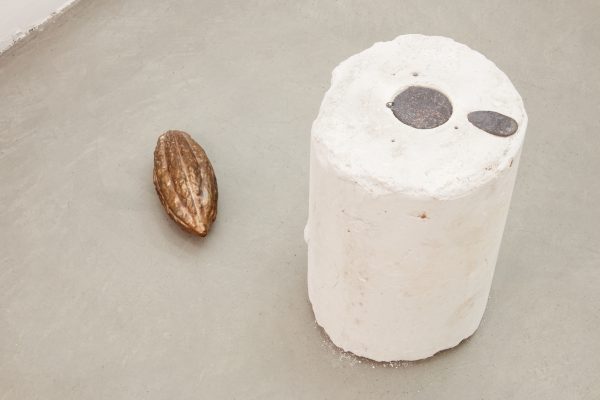 Pod, 2017Bronze, plaster, other materials
Pod, 2017Bronze, plaster, other materials
40×29×29 cm
Edition unique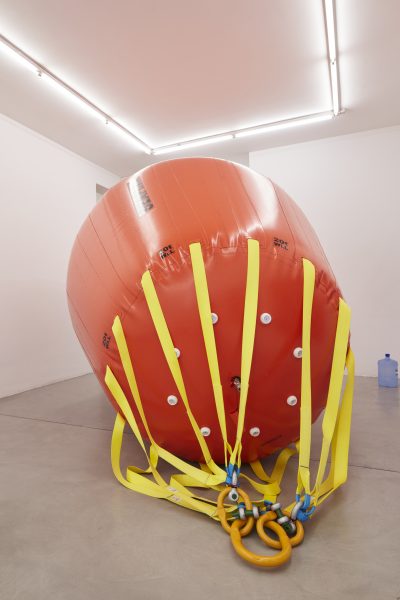 Atlantis, 2016pvc coated polyester fabric, metal, other materials
Atlantis, 2016pvc coated polyester fabric, metal, other materials
320×550×320 cm
Edition 2/3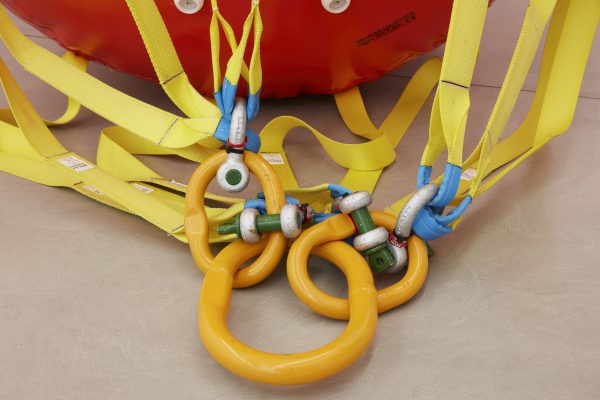 Atlantis, 2016, detailpvc coated polyester fabric, metal, other materials
Atlantis, 2016, detailpvc coated polyester fabric, metal, other materials
320×550×320 cm
Edition 2/3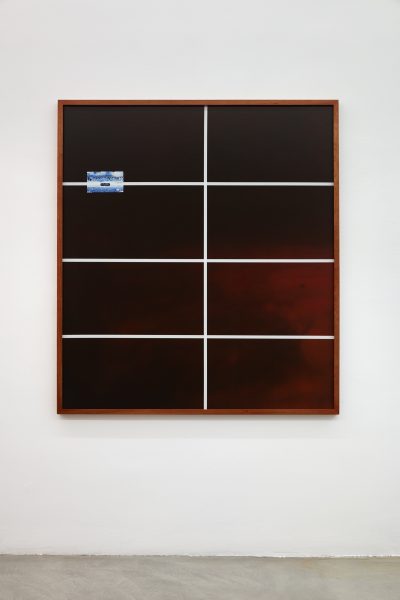 Untitled (IV), 2017Offset print
Untitled (IV), 2017Offset print
152×136×4 cm
Edition unique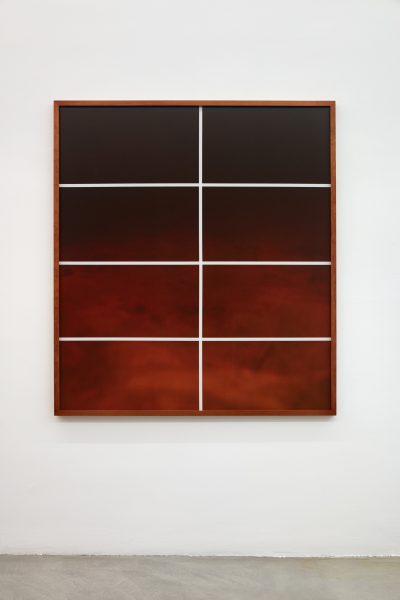 Untitled (V), 2017Offset print
Untitled (V), 2017Offset print
152×136×4 cm
Edition unique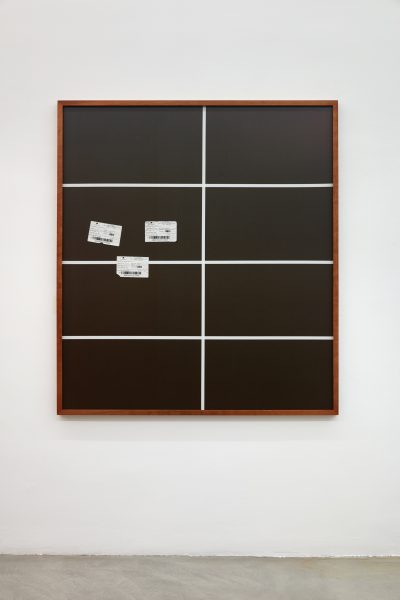 Untitled (III), 2017Offset print
Untitled (III), 2017Offset print
152×136×4 cm
Edition unique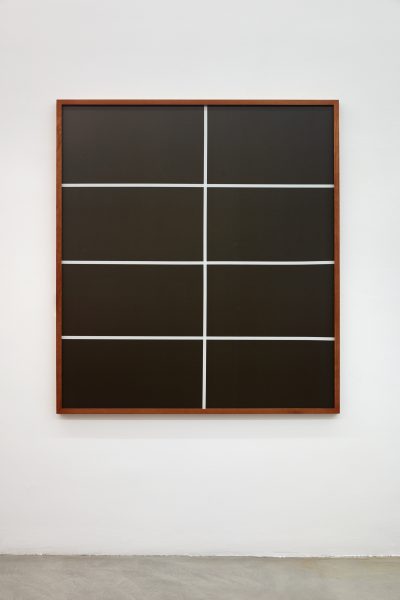 Untitled (II), 2017Offset print
Untitled (II), 2017Offset print
152×136×4 cm
Edition unique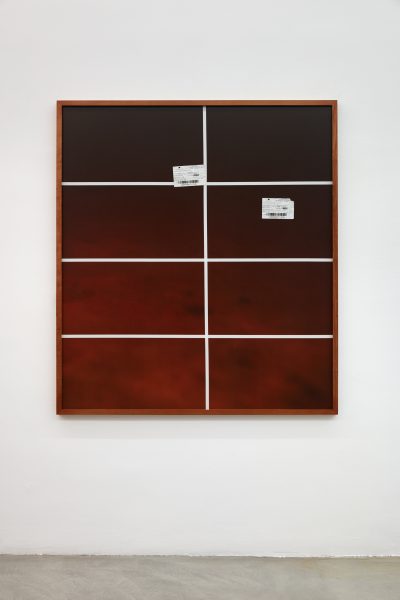 Untitled (VI), 2017Offset print
Untitled (VI), 2017Offset print
152×136×4 cm
Edition unique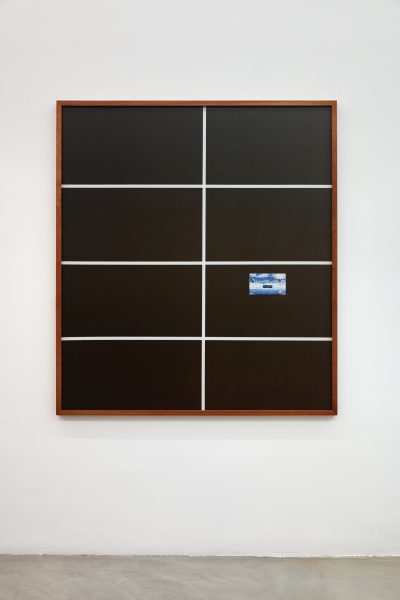 Untitled (I), 2017Offset print
Untitled (I), 2017Offset print
152×136×4 cm
Edition unique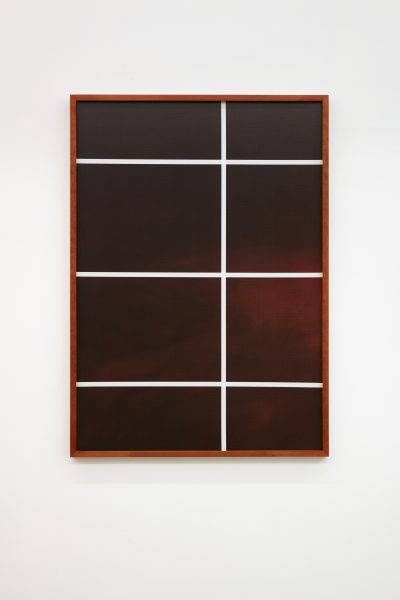 Untitled (II), 2017Offset print
Untitled (II), 2017Offset print
120×85×4 cm
Edition unique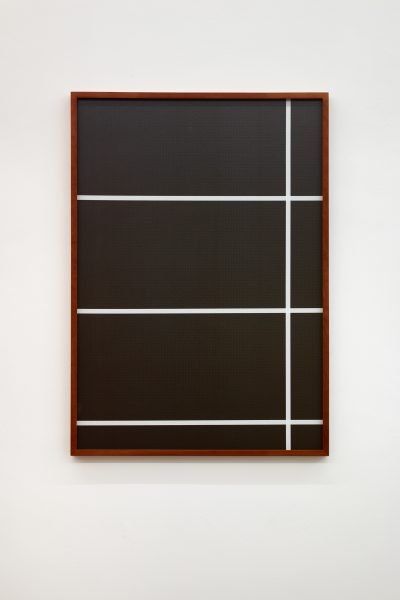 Untitled (I), 2017Offset print
Untitled (I), 2017Offset print
120×85×4 cm
Edition unique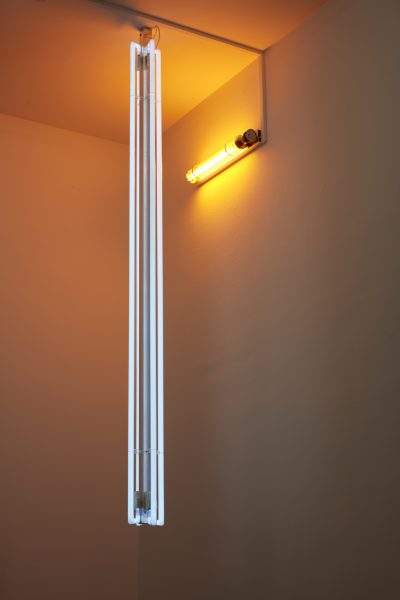 Confusion Mystery, 2017SOX lighting, neon tubes, aluminium
Confusion Mystery, 2017SOX lighting, neon tubes, aluminium
Edition unique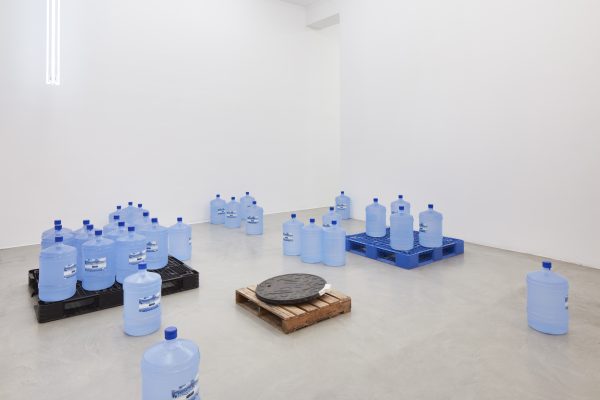 The Grid, 2015cast iron, plastic, wood, water, other materials
The Grid, 2015cast iron, plastic, wood, water, other materials
Edition unique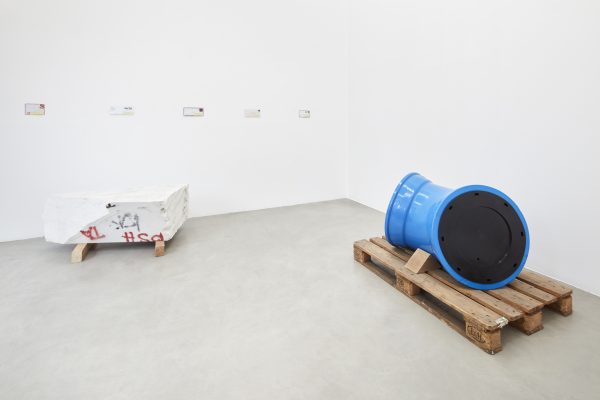 Fountain, 2015Marble, metal, wood
Fountain, 2015Marble, metal, wood
dimensions variable
Edition unique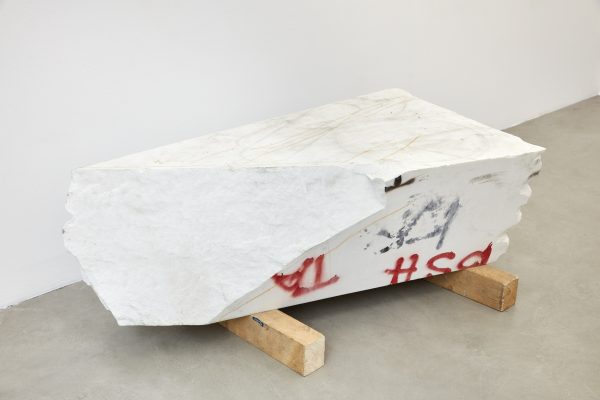 Fountain, 2015, detailMarble, metal, wood
Fountain, 2015, detailMarble, metal, wood
dimensions variable
Edition unique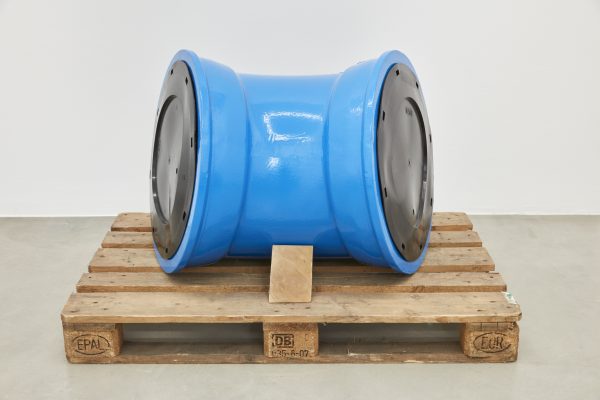 Fountain, 2015, detailMarble, metal, wood
Fountain, 2015, detailMarble, metal, wood
dimensions variable
Edition unique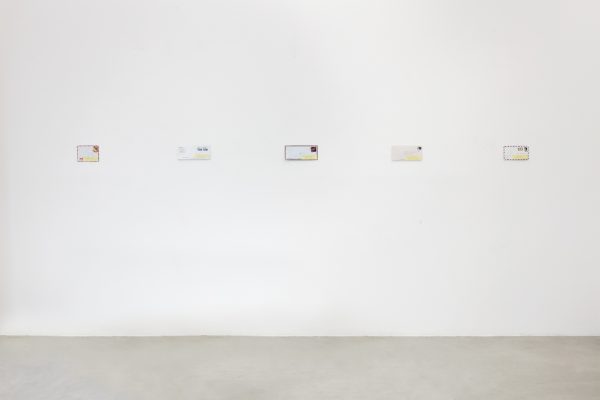 Untitled, 2017Paper (5 letters)
Untitled, 2017Paper (5 letters)
5 envelops, variable dimensions
Edition unique





















































